Last wk was crappy bc I failed you all in sharing a doo, but never fear: #WhosePoo is back this POOSDAY w/ another dump! Who’s ready to be dump-stumped?!
#Scicomm
#Scicomm
Today’s doo takes us to Snyder, Texas, found in February earlier this year. Thanks to @BotanyBrooke for sharing the photo! #WhosePoo does this doo belong to?! Send me your guesses all day today; I’ll reveal the animal who did the deed same time tomorrow!
#SciComm
#SciComm
It may be delayed, but hopefully you weren& #39;t all stuck at the edge of your seats all week! Last wk& #39;s #WhosePoo belonged to a FERAL PIG!
Why do I call it "feral"?
Why do I call it "feral"?
The feral pig is a swine of many names. It is also known as a wild boar, wild pig, or Sus scrofa (scientific name), to name a few. The reason I always refer to this animal as a feral pig, at least in North America, is because it& #39;s the most accurate.
#WhosePoo
#WhosePoo
The wild boar is native to Eurasia, but since has been introduced to literally all parts of the globe (including well-known island nations like Hawai& #39;i, Aotearoa (New Zealand) & much smaller islands too).
#WhosePoo
#WhosePoo
In many places where it now occurs, the wild boar is considered invasive, meaning it causes damage to the native environment in which it occurs. They can have lots of damaging effects to ecosystems. Especially ones that are more sensitive to disturbance.
#WhosePoo
#WhosePoo
Ecosystems like wetlands & swamps, like @CongareeNPS, are especially susceptible, & also seem to be a favored place for feral pigs.They destroy native habitat by digging up veg, creating wallows, & disturbing plants that are more sensitive to this kind of disturbance.
 https://abs.twimg.com/emoji/v2/... draggable="false" alt="📸" title="Camera with flash" aria-label="Emoji: Camera with flash">NPS
https://abs.twimg.com/emoji/v2/... draggable="false" alt="📸" title="Camera with flash" aria-label="Emoji: Camera with flash">NPS
When it comes to being invasive, though, they win all the stars.They reproduce quickly & prolifically, basically eat whatever they want, are highly adaptable, & can almost deal w/ anything. All these characteristics are a perfect recipe for having huge impacts. #WhosePoo
Back to the point abt them eating everything, though. They& #39;re omnivorous & super adaptable, so that means they& #39;ll eat whatever they can find in their environment. This also means that telling their poo (this is a poo-identification thread, after all!) can be difficult.
#WhosePoo
#WhosePoo
One clue not given in the doo pic I shared was that @BotanyBrooke, who took the photo, saw evidence of pig "rooting" near the poo she found. In this pic, we see how the vegetation has been overturned a bunch by these piggys. If you& #39;ve seen it before, it& #39;s very recognizable.
I hate to say it, but feral pig doo can also look a lot like human doo(we are closely related, after all.For info on this, look up how similar the human genome is to the pig genome).
Size & shape of the poo I shared is not too diff from what you& #39;d see in your own toilet. #sorry
Size & shape of the poo I shared is not too diff from what you& #39;d see in your own toilet. #sorry
but as mentioned in past #WhosePoo threads, the look of a poop is VERY dependent on what (food item) & when (time of season/year) the animal eats. And for a wide-ranging animal like the feral hog, where it occurs will also affect how the doo looks like.
 https://abs.twimg.com/emoji/v2/... draggable="false" alt="📸" title="Camera with flash" aria-label="Emoji: Camera with flash">Washington Post
https://abs.twimg.com/emoji/v2/... draggable="false" alt="📸" title="Camera with flash" aria-label="Emoji: Camera with flash">Washington Post

 Read on Twitter
Read on Twitter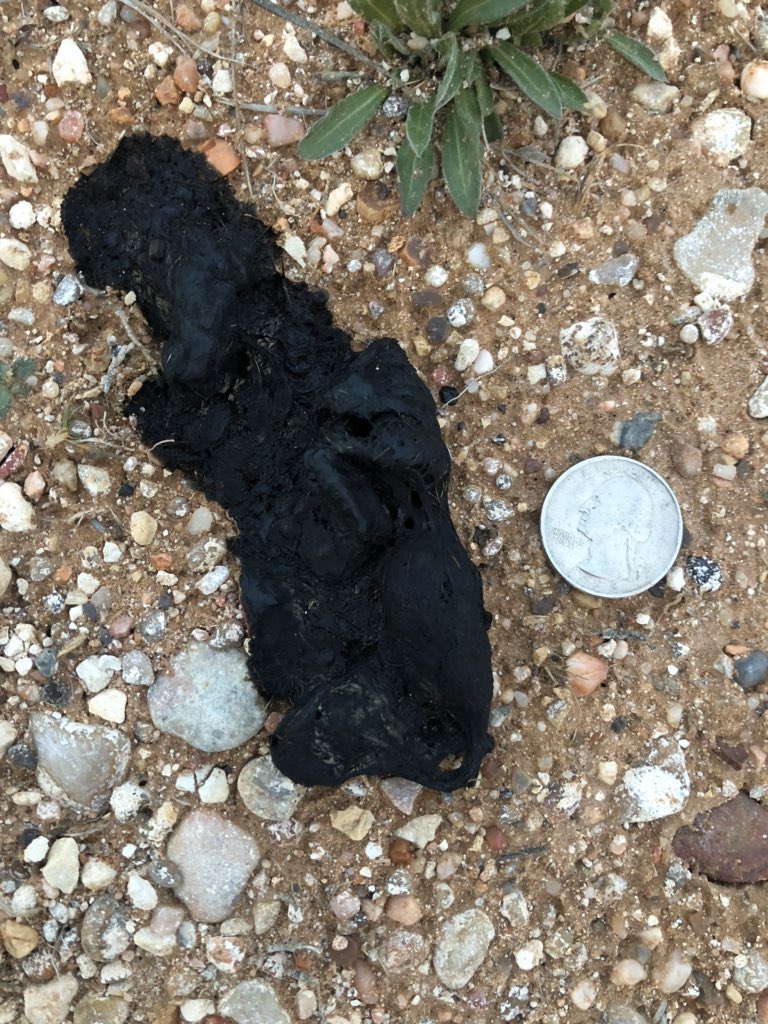
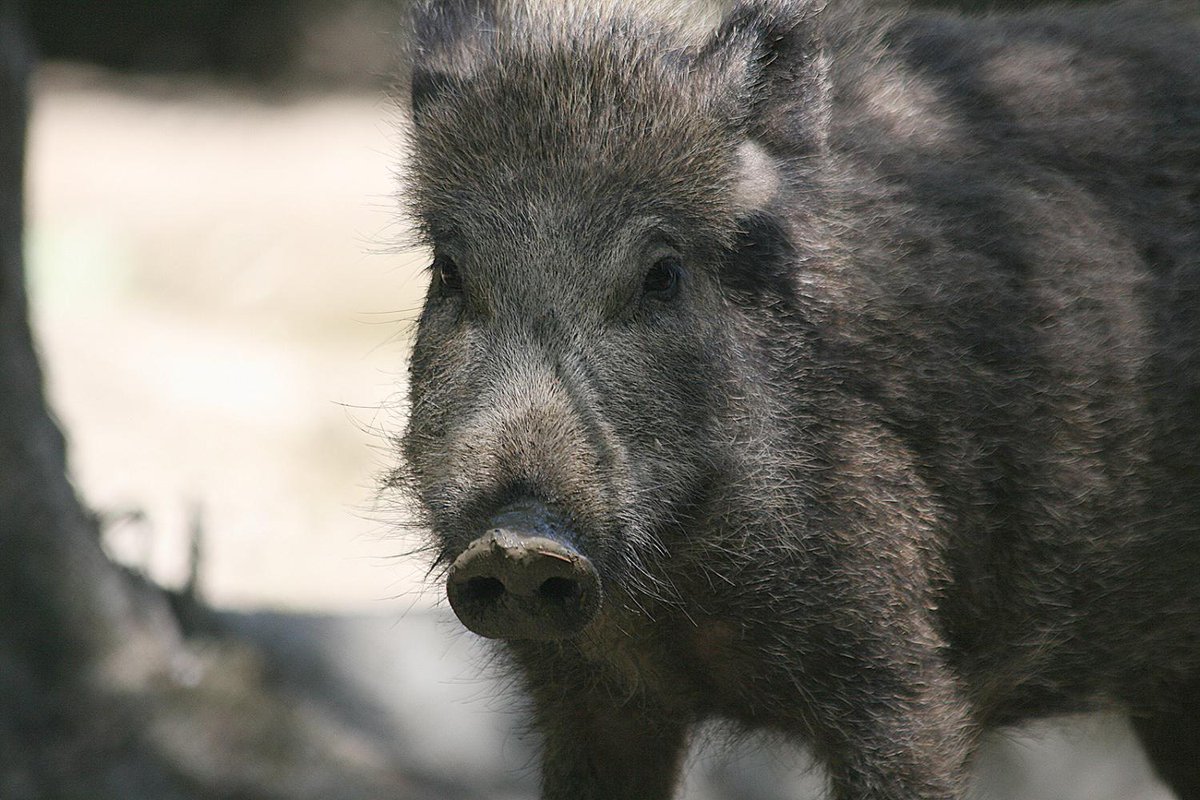
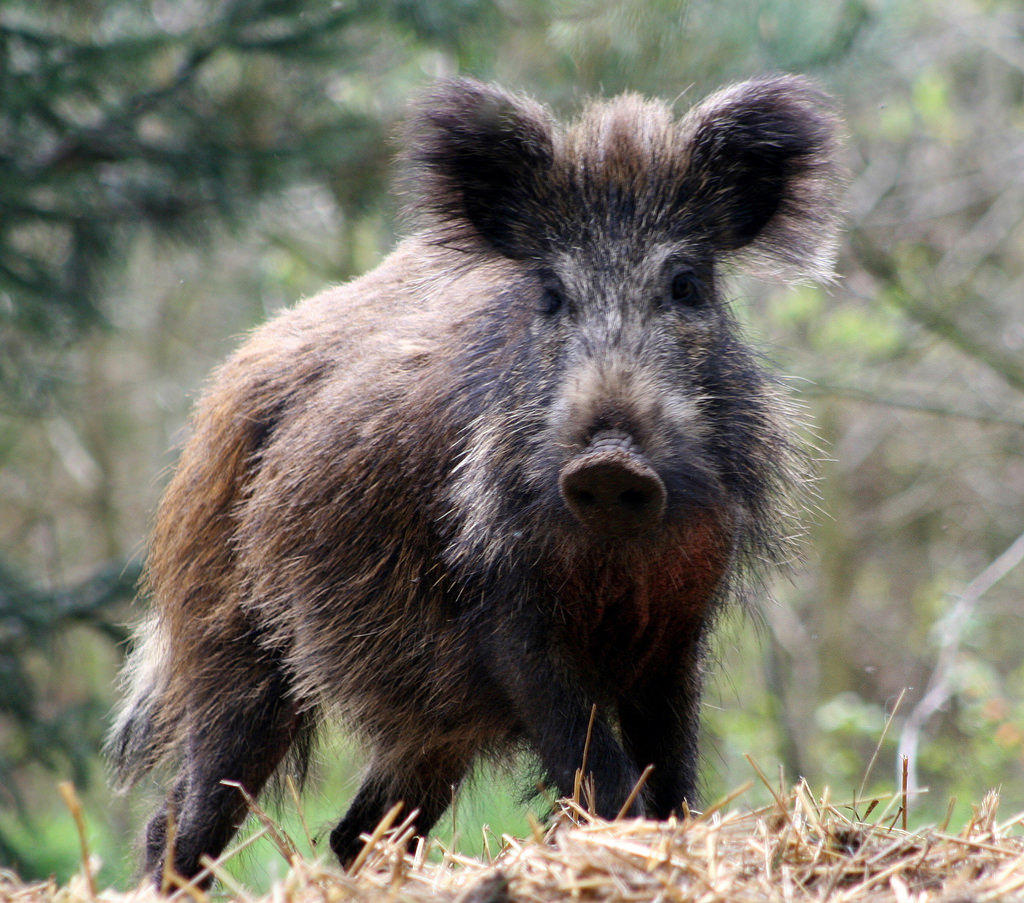
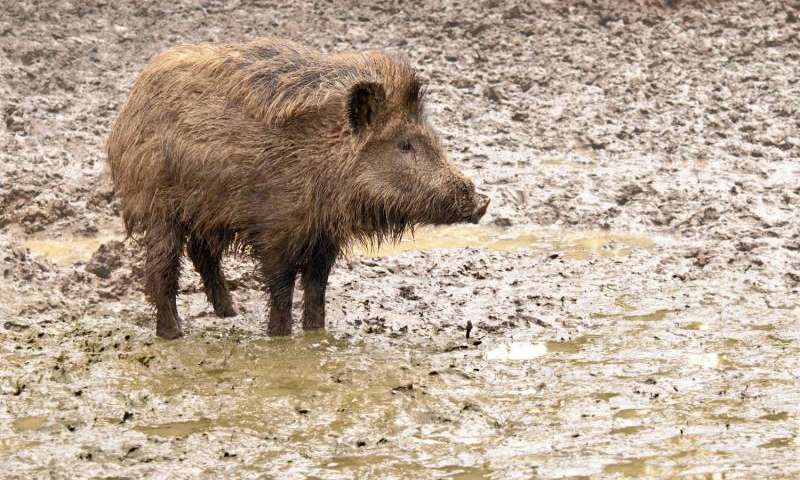
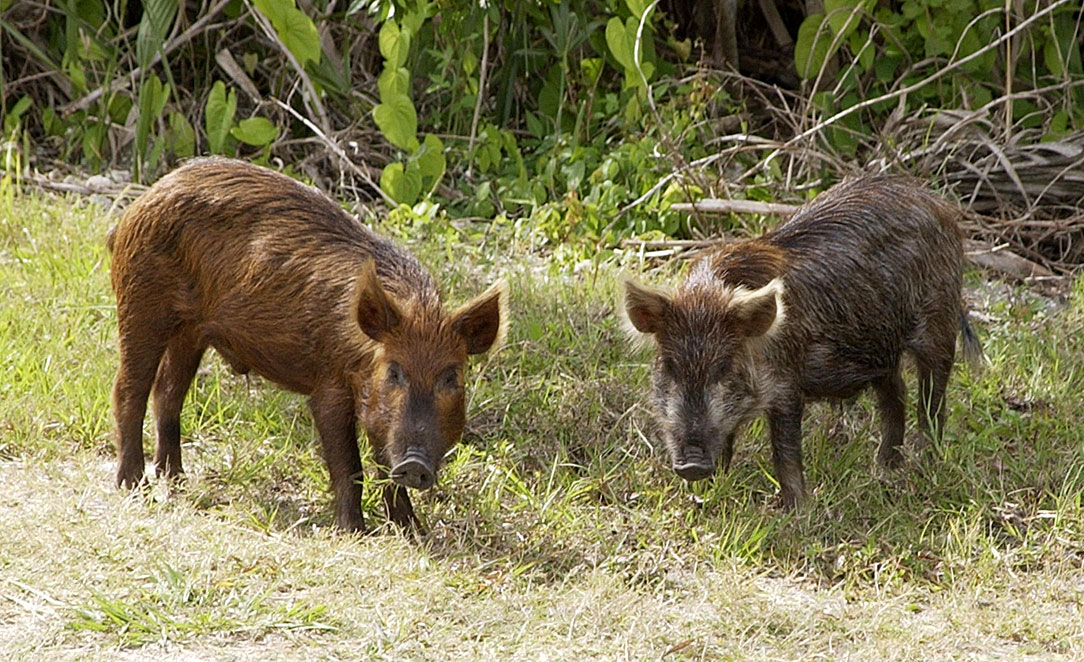
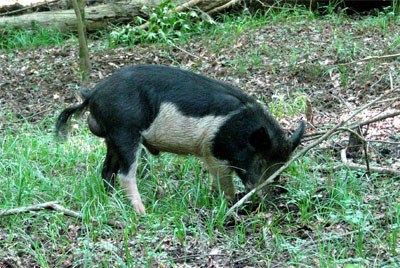 NPS" title="Ecosystems like wetlands & swamps, like @CongareeNPS, are especially susceptible, & also seem to be a favored place for feral pigs.They destroy native habitat by digging up veg, creating wallows, & disturbing plants that are more sensitive to this kind of disturbance. https://abs.twimg.com/emoji/v2/... draggable="false" alt="📸" title="Camera with flash" aria-label="Emoji: Camera with flash">NPS" class="img-responsive" style="max-width:100%;"/>
NPS" title="Ecosystems like wetlands & swamps, like @CongareeNPS, are especially susceptible, & also seem to be a favored place for feral pigs.They destroy native habitat by digging up veg, creating wallows, & disturbing plants that are more sensitive to this kind of disturbance. https://abs.twimg.com/emoji/v2/... draggable="false" alt="📸" title="Camera with flash" aria-label="Emoji: Camera with flash">NPS" class="img-responsive" style="max-width:100%;"/>
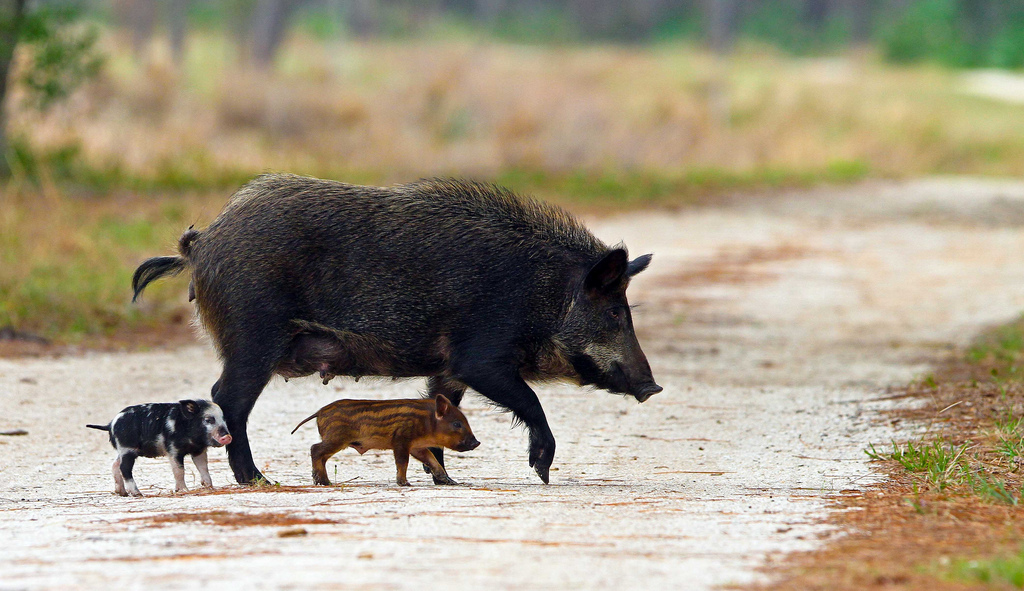
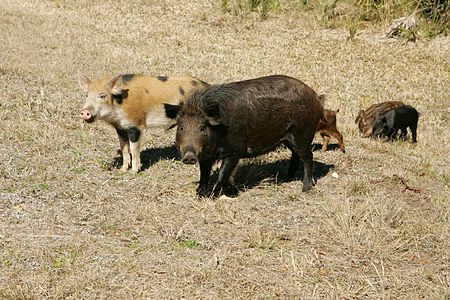
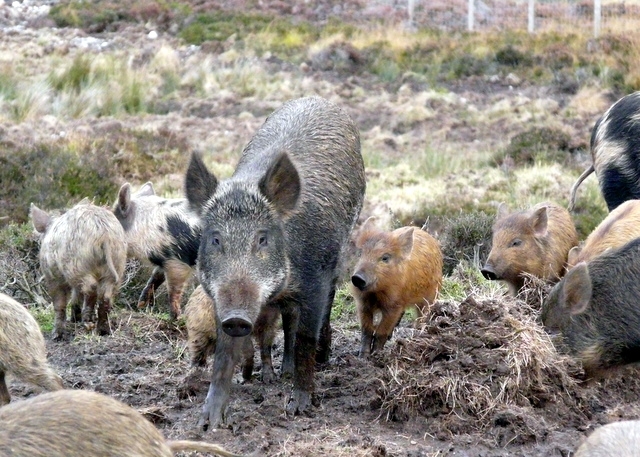
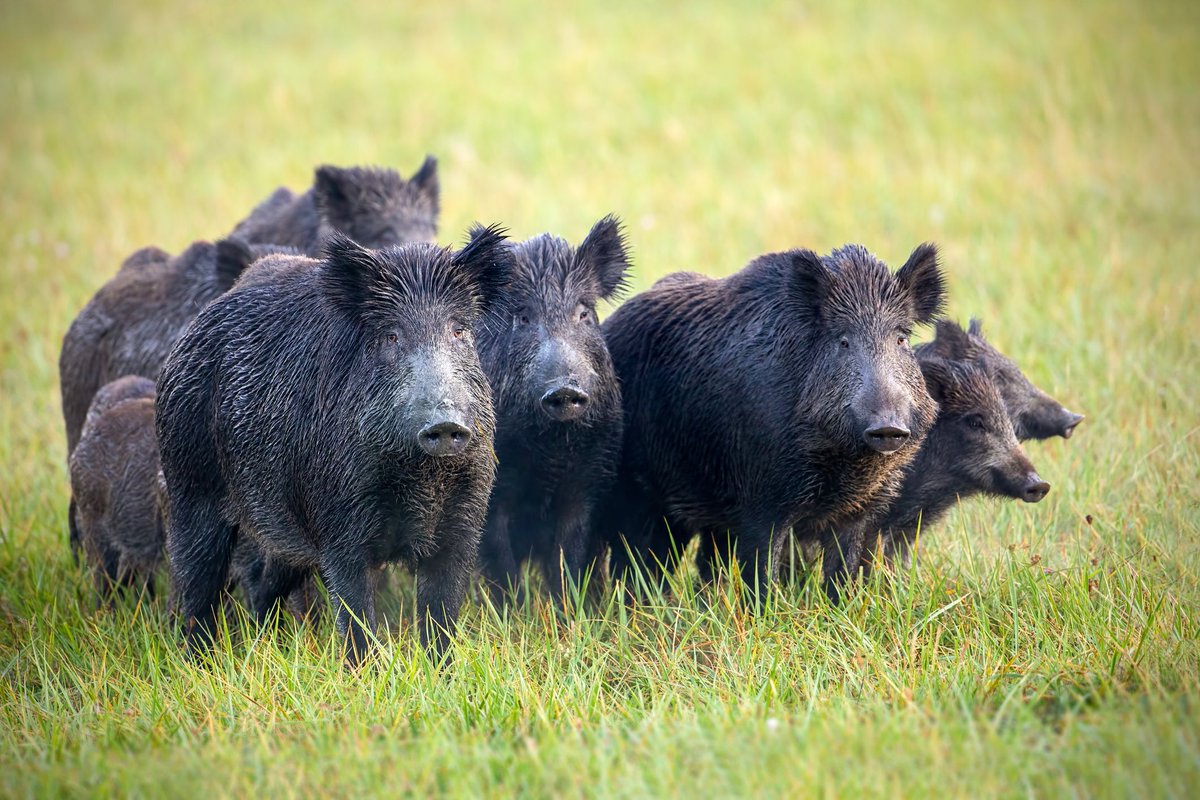 Washington Post" title="but as mentioned in past #WhosePoo threads, the look of a poop is VERY dependent on what (food item) & when (time of season/year) the animal eats. And for a wide-ranging animal like the feral hog, where it occurs will also affect how the doo looks like. https://abs.twimg.com/emoji/v2/... draggable="false" alt="📸" title="Camera with flash" aria-label="Emoji: Camera with flash">Washington Post" class="img-responsive" style="max-width:100%;"/>
Washington Post" title="but as mentioned in past #WhosePoo threads, the look of a poop is VERY dependent on what (food item) & when (time of season/year) the animal eats. And for a wide-ranging animal like the feral hog, where it occurs will also affect how the doo looks like. https://abs.twimg.com/emoji/v2/... draggable="false" alt="📸" title="Camera with flash" aria-label="Emoji: Camera with flash">Washington Post" class="img-responsive" style="max-width:100%;"/>


